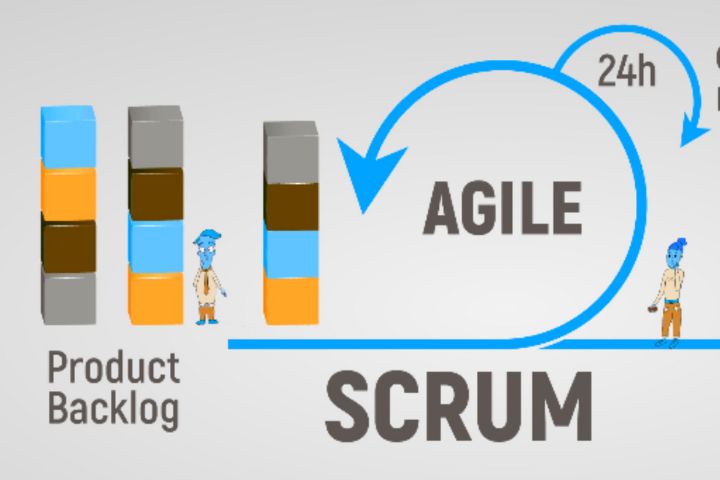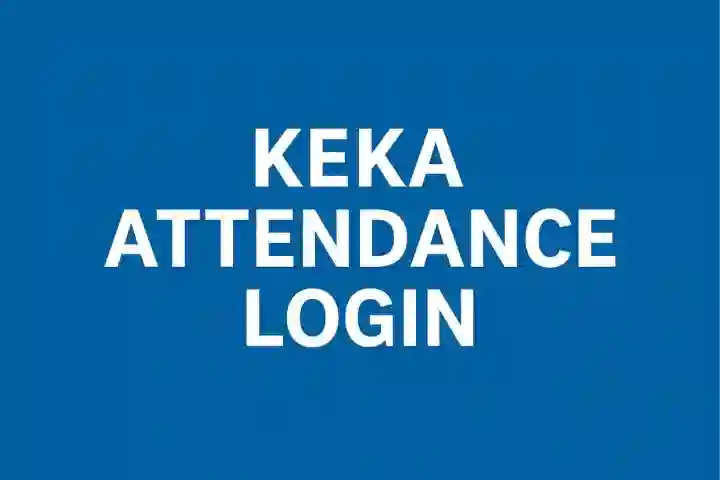Scrum : To carry out a project, it is essential that the entire team involved knows their delivery deadlines and their tasks. Scrum is a framework or framework that allows collaborative work between teams and accelerates the delivery of value to the customer in shorter time frames.
Table of Contents
What Is ‘Scrum’
Scrum is a framework that is normally used in agile software development teams, that is, teams that lead projects with great responsibility and uncertainty, although its principles and lessons can be applied to all types of work and are already being expanded to other areas. industries. Thanks to this, workers can deal with complex adaptive problems while delivering products with the highest possible value in terms of creativity and productivity.
In other words, this framework, which enables agile project management, encourages teams to self-organize while tackling problems; to learn through experiences, and to reflect on their achievements and mistakes in order to continually improve. In addition, it provides workers with a set of tools, meetings, and functions that facilitate the structuring, coordination, and management of work.
The process of the scrum framework would be the following, whose parts we will get to know throughout the entire article:
Features
The Scrum framework is within the Agile Methodologies, that is, a way of working mentality that allows changing priorities of each phase of the project according to the objectives and needs of the client because it is oriented to obtain tangible results from the beginning.
Some Of The Characteristics That Make Sense Of This Framework Are:
- Commitment: For this framework to work, it must have the commitment of all the workers involved.
- Courage: Courageously solving difficult problems.
- Focus: Focus efforts on realistic and achievable goals thanks to the organization of work consciously and without hesitation.
- Respect: Appreciate the efforts and ideas of the rest of the people who make up the team without treating them badly or creating conflicting work environments.
- Transparency: The team must know everything that happens or how it happens, in addition to being honest and not hiding anything about the work or the problems that arise along the way. Transparency means that there is a global and common vision of the project.
- Inspection: Team members frequently review the progress of the project to detect possible problems. It does not need to be done daily, but from time to time to check that the work is being carried out.
Roles In The Team
In order for the work team to be able to fulfill its objective, that is, to offer quality results and deliver value to the client, it is necessary for each member to be able to organize themselves in a multifunctional and self-taught way.
Each worker is responsible for certain tasks and has to complete them within the agreed times so that the value of the entire team is delivered and the exhaustive supervision of other members of the company is not required. The teams are:
Product Owner or Product Owner:
Makes sure the team works properly from a business perspective. He is the only person who talks continuously with the client, so he has to know the business and the market perfectly. This profile can only be occupied by one person. In addition, he is responsible for maximizing the value of the work, which is linked to the good management of the Product Backlog (which we will explain later).
Facilitator or Scrum Master:
He is in charge of understanding and complying with the rules of the scrum framework, that is, he is the greatest scrum specialist on the team. He removes the inconveniences or impediments to the sprint goal to be developed. He gives the necessary information and advises the Product Owner and the team of developers.
Developer team:
Made up of professionals, preferably 3 to 9 people, who are in charge of carrying out the tasks to which the Product Owner has given priority. They are the only ones who estimate the tasks of the product backlog. It is a self-organized and multifunctional team that has transversal skills to carry out the work, such as design, testing, analysis, documentation, etc.
Negotiation: Say No And Learn To Prioritize
To get into this framework, let’s start by identifying the three artifacts of the scrum. Artifact refers to something we make, such as a tool to solve a problem.
It is necessary that all team members have the same vision of the artifacts, of what happens within the project. The artifacts are three:
1. Product Backlog Or Product Stack
scrum-method is the dynamic list of tasks, functions, and improvements that brings together an entire project, that is, it encompasses its requirements and is usually called ‘user stories.
Examine and prioritize requirements from the customer’s perspective. It begins with a main vision of the product and evolves during the development of the product. Although it is an open document, it can only be modified by the product owner, or what is the same, the product owner or manager, because he is the one who is always in contact with the client.
2. Sprint backlog or sprint stack
It is the group of tasks or requirements that the development team chooses in the Sprint Planning together with the plan to be able to carry them out during a sprint. This artifact can be flexible and evolve during a sprint.
3. Product Increment or Scrum Increment
It is the final usable product of a sprint, that is, the result of adding all Product Backlog items completed during the current sprint, also taking into account the value of previous sprints.
Also Read : Involving Customers In The Training Plan



